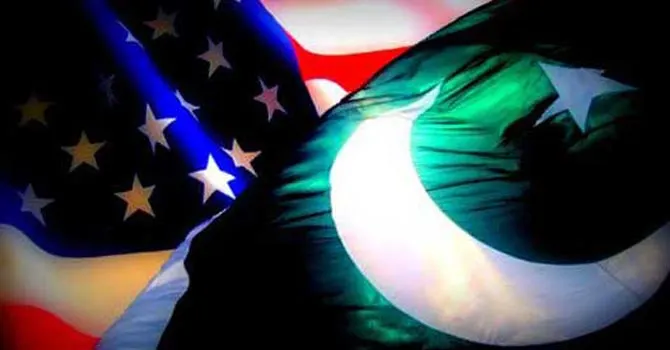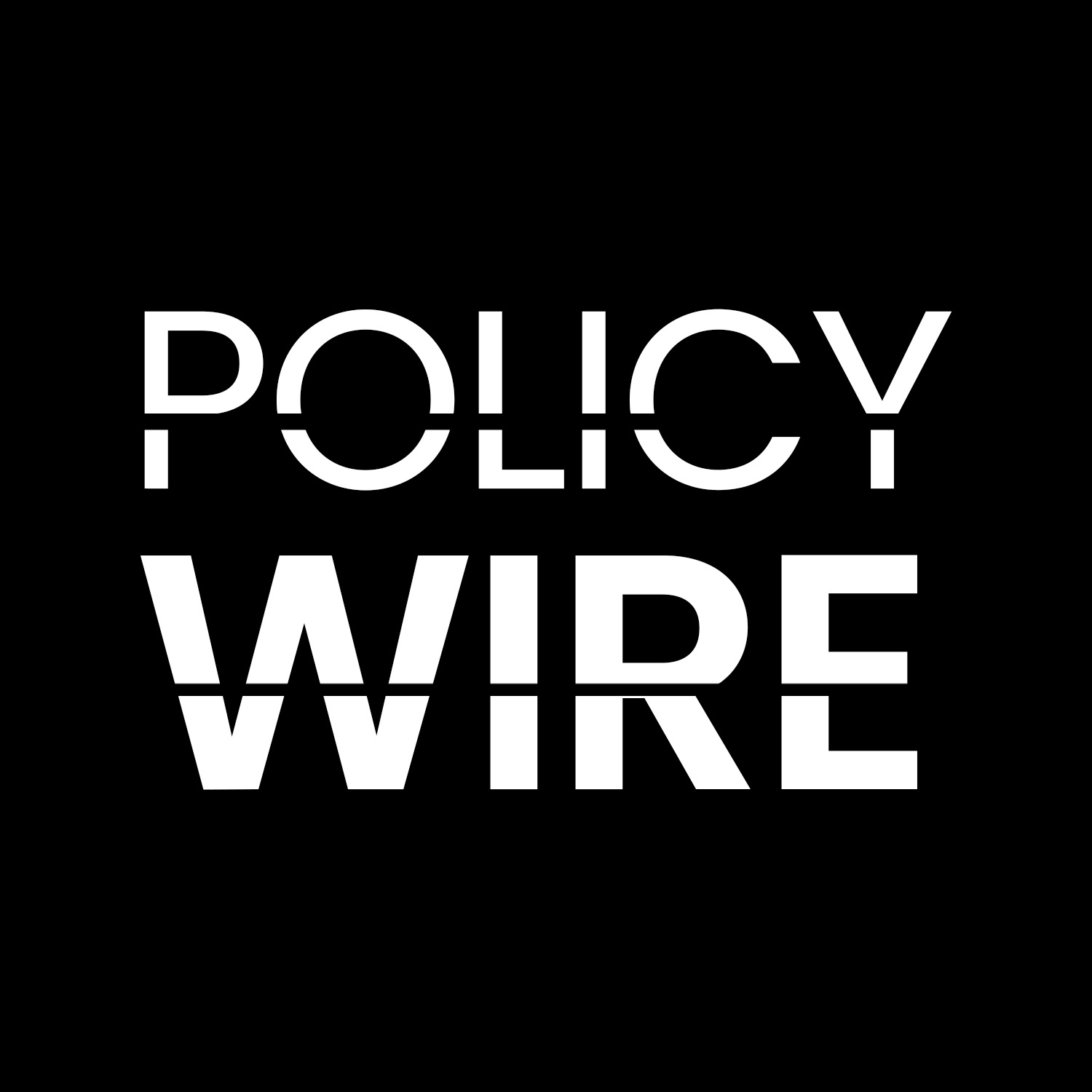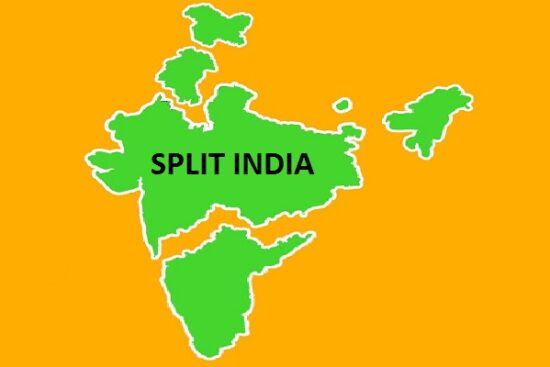
The relationship between the United States and Pakistan has witnessed a noteworthy transformation in recent times, characterized by a shift in emphasis towards a long-term, mutually beneficial partnership. Despite reservations in Pakistan’s public regarding this alliance, both countries acknowledge the need to revive connections on fresh grounds. This shift is fueled by a mutual recognition of the evolving geopolitical landscape and the importance of public support in fostering a resilient alliance. From the early days of the Cold War to the contemporary challenges of the 21st century, the two countries have navigated complex geopolitical realities, often influenced by strategic considerations and economic dependencies.
From the Pages of History…
The origins of the US-Pakistan relationship may be traced back to the post-World War II era, when the US sought allies in its ideological battle with the Soviet Union. Pakistan emerged as a vital player in America’s Cold War plan to limit the expansion of Communism in Asia. Pakistan linked itself with the US throughout the 1950s, becoming a member of the Southeast Asia Treaty Organization (SEATO) and the Central Treaty Organization (CENTO). This strategic cooperation was strengthened by military and economic assistance spread over decades, establishing Pakistan as a critical ally in the region.
However, the relationship took a hit in the late 1960s when, during India-Pakistan War of 1965, ties got strained between Washington and Islamabad. The US imposed an arms embargo on both India and Pakistan, signaling a low point in diplomatic interactions. The economic and military aid, that had once flowed freely, dwindled and the strategic alignment began to waver.
With the Soviet invasion of Afghanistan in 1979, the 1970s saw a seismic shift in US-Pakistan ties. Suddenly, the Cold War chessboard repositioned Pakistan as a frontline state against Soviet expansionism. Recognizing Pakistan’s strategic relevance, the United States launched a new chapter of cooperation. Military and financial aid flowed into the country as it became an important staging area for the Mujahideen insurgency against Soviet forces in Afghanistan. While strategically important, this alliance sowed the seeds of future complications. As the Cold War concluded, the dynamics of US-Pakistan relations confronted another false crest.
With the withdrawal of Soviet troops from Afghanistan in 1989, the US abruptly disengaged from the region, leaving Pakistan to grapple with the consequences of the Afghan civil war.
The sudden withdrawal of support led to a power vacuum and the rise of the Taliban, setting the stage for the region’s instability. The late 1990s marked another downturn in bilateral relations, as Pakistan’s nuclear tests in 1998 drew international criticism, including from the US. Economic sanctions were imposed and diplomatic ties worsened. The strategic partnership that had once flourished now faced severe challenges. In the aftermath of the 9/11 attacks, a renewed partnership emerged in the early 2000s. Pakistan, led by President Pervez Musharraf, promised its support to United States-led War on Terror (WoT).
The geopolitical imperatives of the region brought the two countries together once more. The partnership, however, remained shaky, with both parties doubting the other’s dedication to the common objective. Despite common goals in the WoT, disagreements in method and differing priorities weakened US-Pakistan relations in the years that followed. The clandestine US operation that resulted in the assassination of Osama bin Laden in Pakistan in 2011 further soured relations between the two countries. Pakistan was blamed for sheltering and double game which soon became a recurring subject in the discourse between Washington and Islamabad.
Economic dependencies also played a crucial role in shaping the highs and lows of US-Pakistan relations. The US has been a significant contributor of economic aid to Pakistan over the years. However, this financial support has often been a double-edged sword, with the US scrutinizing Pakistan’s policies and actions in return. Economic aid in parallel with a “Do More” mantra has been leveraged as a tool to influence Pakistan’s behavior, leading to a complex and at times contentious economic relationship.
The China-Pakistan Economic Corridor (CPEC) emerged as a critical factor in the US-Pakistan equation in recent years.
The economic dependency shifted as China invested considerably in Pakistan’s infrastructure, and the latter discovered an alternate source of assistance. This development complicated the tripartite relationship between the US, China, and Pakistan even more. The Obama administration’s India-Centric approach to South Asia introduced new obstacles to US-Pakistan relations. The suspension of security assistance and the withholding of military aid heightened the tensions. Later, the Trump administration’s public criticism of Pakistan’s counterterrorism operations strained the relationship even further.
As the Biden administration assumed office, there were hopes for a re-calibration of U.S.-Pakistan relations. The withdrawal of US troops from Afghanistan and the evolving security landscape in the region presented an opportunity for a fresh start. However, challenges persist, with concerns about human rights issues, the Afghanistan situation, and Pakistan’s role in regional stability, still casting a shadow on bilateral relationship.
… To the Present
The US-Pakistan relationship is at the cusp of the contemporary geopolitical landscape, affected significantly in the aftermath of the Afghanistan War. With the exit of the US from Afghanistan, the two decades of engagement, principally driven by strategic reasons, reached a critical point. While Pakistan provided logistical support and information to the US troops, the final failure of Washington’s objectives in Afghanistan decreased the value of Pakistan’s role. The Trump administration’s contentious pact with the Taliban (the famous Doha Agreement) strained relations even further, when former Prime Minister Imran Khan openly criticized the US policy, causing tensions and triggering backlash in Washington.
However, the Biden Administration, freed from the complexities of the Afghanistan War, has signaled a re-calibration of its approach to Pakistan. US Secretary of State, Antony Blinken, emphasized a forward-looking perspective, acknowledging the need to assess Pakistan’s role not only in the past two decades but also in the coming years. Despite the challenges and the damage caused by the perceived failure in Afghanistan, both countries are cautiously exploring the potential for a renewed relationship, recognizing the enduring security challenges that necessitate collaboration.
The Economics of Ties
While it is commonly perceived that public sentiments in Pakistan are generally anti-American, a nuanced understanding reveals a more complex scenario. The armed forces in Pakistan are often portrayed as being pro-US, suggesting a disconnect between public sentiment and military alignment. However, it is crucial to recognize that this portrayal oversimplifies the intricate dynamics at play. One significant factor contributing to the evolving relationship is the economic aspect.
Contrary to the notion of widespread anti-American sentiment, the US has consistently been a crucial trade and export destination for Pakistan’s business community.
Economic ties have provided a solid foundation for cooperation, with both countries recognizing the tangible benefits of fostering stronger economic relations. Pakistan’s mounting economic challenges, domestic issues, and external security threats have prompted a reevaluation of the value of a robust relationship with the US. From Washington’s perspective, Pakistan is viewed as an essential partner in addressing broader regional challenges. These challenges include managing relations with major players like China and Russia, navigating the complex landscape of the Taliban, jointly combating terrorism, addressing nonproliferation concerns, ensuring nuclear security, and collaborating on global issues such as climate change.
What Should Be Done? Foreign Direct Investment (FDI) is a crucial driver for economic growth and development, and if Pakistan has a strategic choice, it should unquestionably prefer FDI from the US. The United States is not only a powerful economic behemoth, but it also contributes a wealth of knowledge, innovative technology, and a track record of forging long-term economic ties around the world. To begin, the United States’ economy is one of the world’s largest and most significant. Engaging in FDI with the US will give Pakistan access to significant financial resources, allowing it to invest in critical industries such as infrastructure, technology, and manufacturing. The breadth of the US economy, combined with its dedication to promoting international trade, might considerably boost Pakistan’s economy.
American firms frequently bring cutting-edge technologies and innovation with them. By encouraging FDI from the United States, Pakistan can get access to a reservoir of knowledge and innovations that can stimulate breakthroughs in a variety of areas, driving productivity, efficiency, and competitiveness. This technological infusion has the potential to alter industries ranging from telecommunications to renewable energy, thereby improving Pakistan’s worldwide status. Encouraging FDI from the US has the potential to deepen diplomatic connections and develop a strong economic partnership.
The United States has a history of forming strategic allies through economic cooperation, and increasing FDI might strengthen the ties between the two countries.
This economic interdependence has the potential to be a stabilizing influence, benefiting not just the two countries directly engaged but also contributing to regional stability. Furthermore, corporate social responsibility and ethical business practices are frequently valued in the US. Encouragement of FDI from the United States can provide not just economic rewards, but also a commitment to ethical standards and long-term development. This is consistent with worldwide trends in which customers and investors increasingly value companies with a strong sense of social responsibility.
The historical emphasis on military ties between the US and Pakistan has been instrumental in addressing immediate security concerns, particularly in the context of counterterrorism operations. However, this relationship has often been myopic, overlooking the potential for sustained collaboration in other domains. The transnational nature of their association, marked by geopolitical complexities and regional influences, underscores the necessity for a more comprehensive approach. Military-to-military engagements, joint training exercises, and intelligence sharing have been vital components, but the need for a paradigmatic shift toward a broad-based relationship is evident. Initiatives extending beyond the traditional security prism, such as joint development projects, academic exchanges, and cultural programs, can unlock the full potential of their partnership, fostering resilience in the face of evolving geopolitical challenges.
Embracing the Change
The trajectory of military diplomacy in the US-Pakistan relationship has been distinguished by a historical emphasis on security and counterterrorism measures. While these elements are still important, the myopic focus on military connections has eclipsed the possibility for long-term partnership in diplomatic, economic, and cultural spheres. The association’s multinational existence, with its inherent complications, needs a paradigm shift toward a more holistic approach. The relationship is constantly being rebalanced as the US strives to explore channels beyond traditional military cooperation. Economic factors, such as possible F-16 aircraft sustainment sales, demonstrate a pragmatic recognition of Pakistan’s geopolitical value. Economic links are emerging as the region’s main trading partner and export destination for the US.
While challenges persist, both nations are navigating this intricate landscape with a nuanced and multifaceted approach. Recognizing the need for a stable, secure, and economically viable Pakistan, the US is adopting strategic public relations efforts and emphasizing shared interests. The potential for a redefined partnership lies in transcending historical grievances and aligning with contemporary regional and global challenges. As mutual interests continue to rise in the region and beyond, the call for a broad-based partnership becomes imperative. Beyond the confines of security-centric frameworks, the US and Pakistan have the opportunity to build a resilient alliance that addresses diverse interests and contributes to regional stability and prosperity.
The views expressed in this article are the author’s own and do not necessarily reflect Policy Wire’s policy.



















Leave a Reply